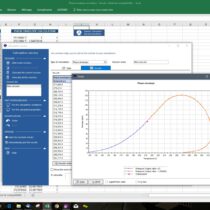Fives ProSim offers process simulation software and services that allow industries to improve their operating efficiencies, reduce their carbon footprint,
become more energy efficient and make the best use of available resources.
Industries
Solutions for your process
Software
A complete range of sofware for the simulation and optimization of your process
They trust us
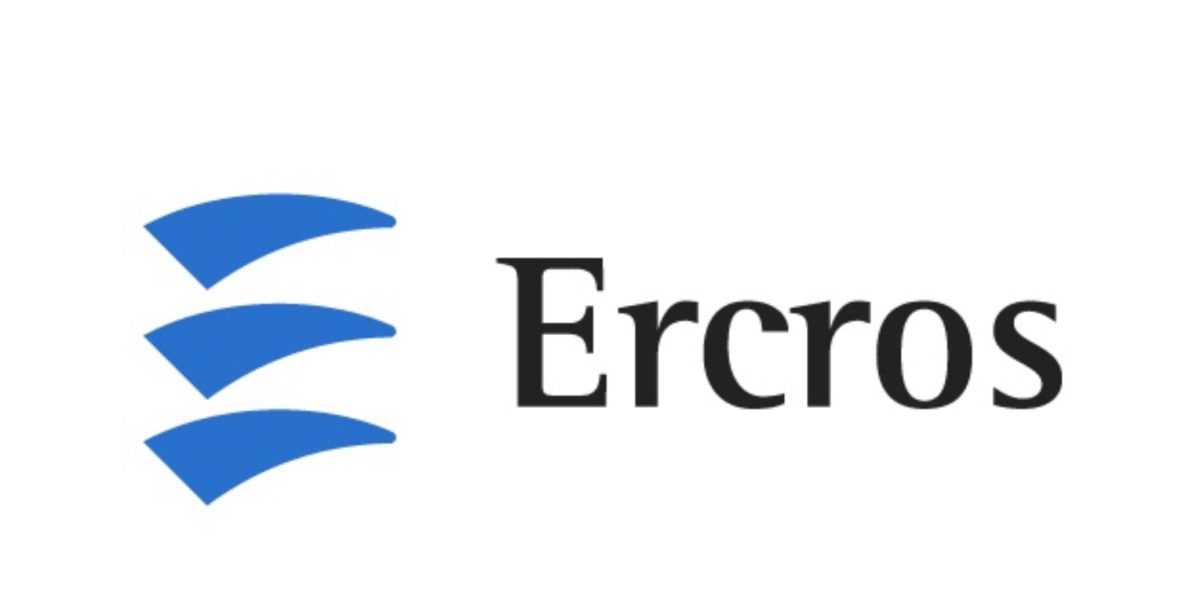
We had used the same process simulator for many years and we recently have switched to ProSimPlus because it gives us good technical results, and also because we have found in ProSim a very responsive and competent technical support. They have provided us with quick and effective assistance throughout the transition phase to ProSimPlus, so that the change has been smooth. Furthermore, the software is very intuitive and easy to use, so users have adapted very quickly.
Sebastián Espino
R&D Manager at Ercros (Barcelona, Spain) the first Spanish basic chemicals company (www.ercros.es)
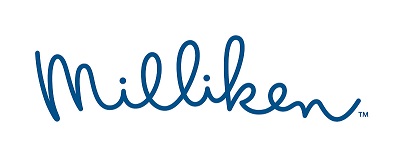
We have entrusted a study to ProSim for the design of a batch distillation for a complex ternary system. We were fully satisfied with the work carried out and the report delivered. Everything was clear, on schedule and within budget!
Mike Mannion
Senior Scientist chez Milliken & Company (Spartanburg, SC – USA) (www.milliken.com)
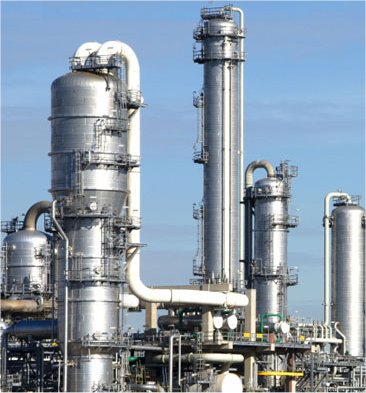
The full set of equipment, the integrated thermodynamic, the ease of use and the ability to model many different design scenarios with ProSimPlus HNO3 allows me to study new plant configurations for the nitric acid industry. Also, working with the ProSim support team is like having a brilliant group of engineers on staff who respond quickly with appropriate solutions.
Jerry Davis
Nitric Acid Process Engineering Consultant (Kingwood, Texas, USA)

For many years, we have been working closely with ProSim, which integrates the models we develop in Simulis Thermodynamics. We really like this software, especially for automating our thermodynamic calculation procedures. This very comprehensive tool makes it easier to carry out complex calculations while being easily taken in hand, even by non-graduate students.
Jean-Noël Jaubert
Professor of Chemical Engineering Thermodynamics at ENSIC, Université de Lorraine (Nancy, France)





























Who is Fives ProSim ?

Software & Services in Process Simulation.
Fives ProSim offers process simulation software and services that allow industries to improve their operations, increase their profitability or reduce their environmental impact. For more than 30 years Fives ProSim has been designing and developing process simulation and optimization software in the oil, gas, chemical, pharmaceutical, energy and other process industries.
Fives ProSim is today at the heart of two challenges that the industry must face to remain competitive: the digital transition and the energy transition. Fives ProSim stands out thanks to the ease of use of its software, the responsiveness of its support team, its agility and its thoroughness in the developments and studies carried out.
Based on these strengths and thanks to a permanent investment in Research & Development, Fives ProSim has become a major player, recognized in the industry at international level. These skills and expertise put at your service allow you to obtain results quickly: Fives ProSim guides you towards more efficiency and helps you in your energy and digital transition to make you more competitive.
The importance of simulation
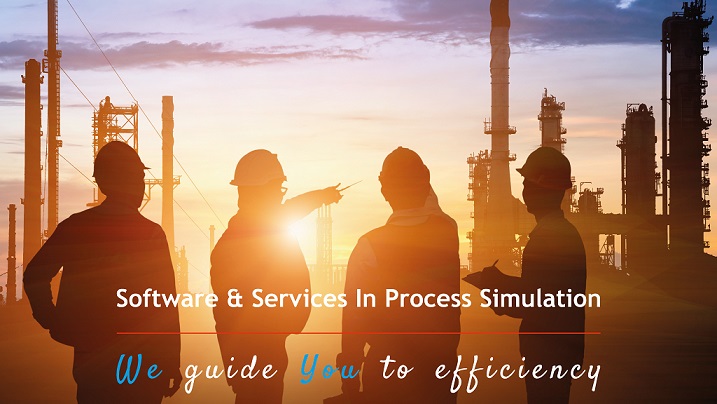
Simulation is using computer-based modeling of a system to understand its behavior and predict the effects of changes. It’s a powerful method for analyzing, designing, and operating complex systems. It provides an inexpensive way to explore new processes and designs, without having to resort to costly lab or pilot programs. It is also a fabulous way to improve the understanding of phenomena.
The basic idea of process simulation is to represent the behavior of a real-world physical process in a replicable, mathematical model. Our process simulation software imitates the process of interest by configuring pre-built unit operation modules (sequential modular flowsheeting environment). Since the material flows undergo transformations in the unit operation modules which modify their physical or chemical state, our high-fidelity simulation environments include comprehensive thermodynamic model libraries and physical property databases. These allow users to identify the physical and chemical characteristics of the process material from feedstock through each phase of the process. The quality and the diversity of the thermodynamic models available is a key point.
Our steady-state process simulators, as the name implies, provide details of a manufacturing process under one specific set of operating conditions. These simulation models can be run multiple times to develop cases for different operating ranges.
- They are irreplaceable tools for performing process analysis and design to determine the requirements of a system (feedstock, energy…).
- They offer a safe, reliable, and cost-effective means to test the capabilities of a system and perform what-if analysis for configuring processes and evaluating new equipment.
- They help users understand how their plant operates to aid in process improvements, debottlenecking, troubleshooting, and performance monitoring.
- They allow exploring regions outside the known operating ranges of the process.
Dynamic simulation or simulation of batch unit operations, in contrast, predicts how process variables change with time when moving from one steady-state condition to another one or during the batch operation. In other words, during a transient upset, dynamic simulation would track the values of variables over the transition period, while steady-state simulation would provide only the values of the variables at one state.
When making use of the optimization capabilities of our process simulation software, some of the degrees of freedom are left unspecified. The values of the corresponding variables are determined by an algorithm that will minimize an objective function specified by the user, while respecting physical, operational, safety, product quality, contractual, or any other constraints. The objective function is usually an economic variable such as net operating cost.
Using process simulation and optimization, companies have drastically improved operating efficiencies. They can now reduce their carbon footprint, become more energy efficient and make the best use of available resources.





